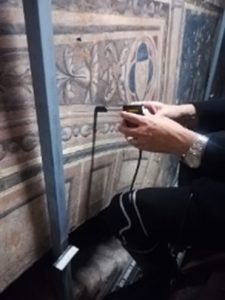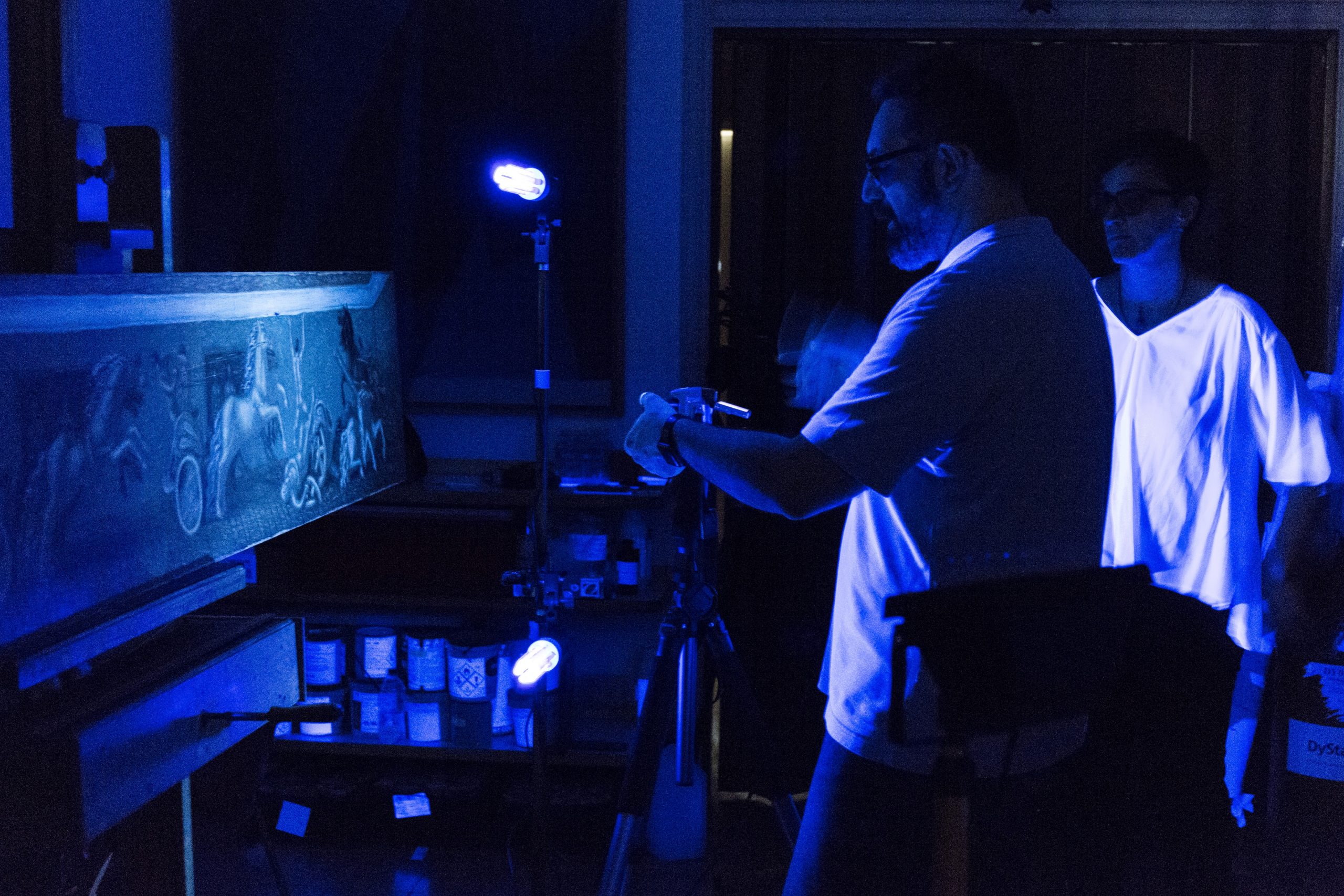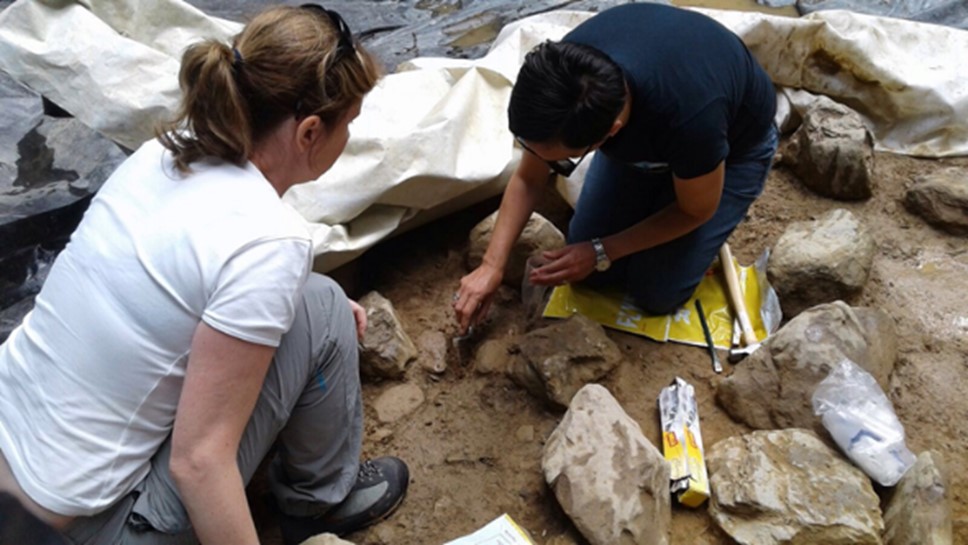Department of Materials Science
The Department hosted Cultural Heritage research lines since its constitution, showing strong multi and interdisciplinary traits.
Nowadays three research lines are involved in the Cultural Heritage field. The skills and expertise of the scientific disciplinary areas (Physics and Chemistry) allow a wide research spectrum, from micro to macro, giving different points of view on complex questions.
The department was one of the founders of the “Centro Universitario Datazioni e Archeometria Milano” (CUDAM), allowing the formation of a network with other Departments and Institutes.
The LAMBDA laboratory (LAboratory of Milano Bicocca university for Dating and Archeometry) has a long-time experience in archeaometry. There are many examples of research contributions and technological innovations in ceramic dating techniques (Thermoluminescence and Optically Stimulated Luminescence) and spectroscopic techniques for non-invasive diagnostics. Detailed studies were conducted to establish the ancient production technologies for valorization and fruition purposes. The laboratory is supervised by Prof. Martini; the team is formed by Prof. Anna Galli, Dott. Francesco Masperoand Dott. Laura Panzeri.
Recent LAMBDA projects are:
- analyses of the works of Giottoexposed at Palazzo Reale in Milano during the exhibition “Giotto: l’Italia”,
- archaeometric studies on a couple of leonardesque canal locks, exposed at the Museo della Scienza e della Tecnologia in Milano,
- analyses of the works of Bernardino Luini and his students, in collaboration with the Biblioteca e Pinacoteca Ambrosiana, in the project “Luini in nuova luce”
- il progetto Mobartech, con otto partner di cui tre Università, un Istituto CNR e alcune Imprese private.




Carmen Canevali, in collaboration with the ISPC-CNR institute in Milano, studied the conservation of Cultural Heritage through the use of specific materials for protection and restoration. The use of nanoscience and nanotechnology allows the production of innovative and eco-compatible materials, affordable and specific.
Graftonica Srl, spin off of the Università degli Studi di Milano Bicocca, develops innovative nanotechnological materials in CH. The R&S laboratory optimized a product patented in Italy (n. 1405870, 30.01.2014 “DISPERSIONI NANOPARTICELLARI IN MATRICI POLIMERICHE”). This material is made from a water-based paint that contains nanoparticles that preserve the paintings.
